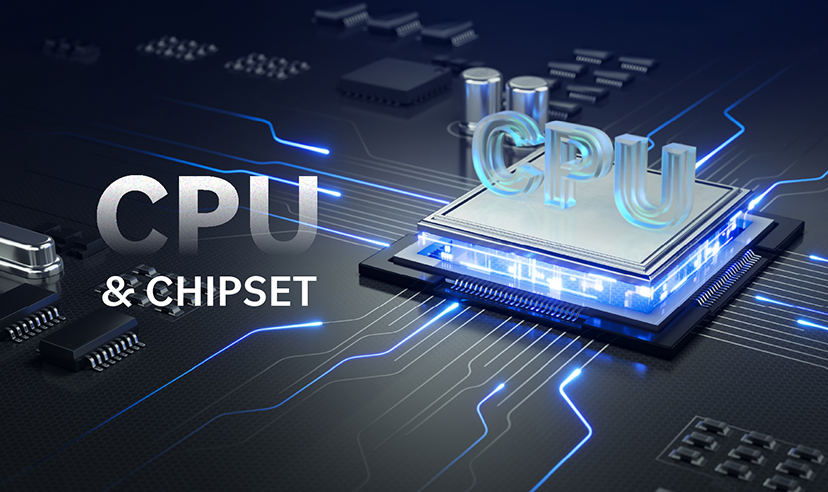
Random Access Memory
What is RAM?
Random Access Memory (RAM) is a crucial component in any computing system, whether it’s a desktop, laptop, or embedded device such as KIWI boards. It serves as temporary storage, providing fast access to data needed by the CPU processor. Unlike hard drives or SSDs, which store data permanently, RAM is volatile—meaning it loses all stored data when the device is powered off.
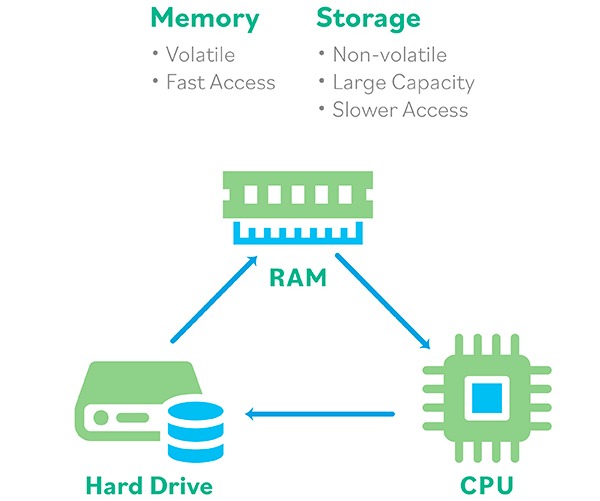
How does the RAM work?
RAM functions as the primary working memory in a device, enabling high-speed access to data required for active processes. When an application is launched, a webpage is loaded, or a program is executed, the necessary data is transferred from long-term storage to RAM, which becomes accessible to the CPU for immediate processing. This temporary storage ensures efficient execution of tasks by minimizing delays in data retrieval. The capacity of RAM directly influences a system's ability to manage multiple processes simultaneously, making it critical for performance in scenarios involving multitasking or resource-intensive operations such as gaming, video editing, or industrial automation. By facilitating rapid data access, RAM is essential for maintaining system responsiveness and operational efficiency.
Types of Volatile Memory RAM
There are several types of RAM, each designed to meet specific performance and power requirements of various devices:
-
DRAM (Dynamic RAM): Commonly used in desktops and laptops, DRAM is cost-effective but requires constant refreshing to maintain data. SDRAM (Synchronous DRAM) improves upon DRAM by synchronizing with the system clock, enabling faster data transfer. Over time, DDR (Double Data Rate), a type of SDRAM, emerged with multiple generations like DDR3, DDR4, and DDR5, offering increased speed and efficiency. For mobile and embedded devices, LPDDR (Low Power DDR) versions such as LPDDR4 and LPDDR5 were developed to deliver high performance with reduced power consumption, making them ideal for compact, energy-efficient systems like smartphones and IoT devices.
-
SRAM (Static RAM) doesn't require constant refreshing to retain data. It is faster and more reliable than DRAM, making it ideal for performance-critical applications. Unlike DRAM, which stores data in capacitors that must be refreshed periodically, SRAM stores data in flip-flops, providing faster access times and lower latency. This makes it well-suited for use as cache memory in CPUs, GPUs, and other high-speed components, where quick data retrieval is essential.
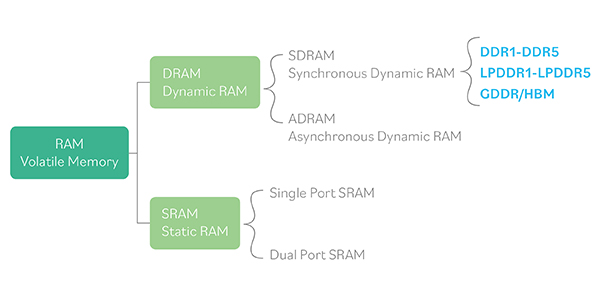
KIWI boards Enhanced with LPDDR
The KIWI310 and KIWI330 are both single-board computers designed to handle a variety of IoT applications. These systems benefit greatly from the high performance and low power consumption of LPDDR RAM.
-
KIWI310: Equipped with on-board LPDDR4 and supporting capacities of up to 4GB, it is designed to deliver optimal performance. Its architecture enables seamless connectivity, efficient device management, and real-time sensor data processing, making it a versatile choice for many IoT solutions.
-
KIWI330: It leverages the next-generation on-board 16GB LPDDR5, enabling it to handle larger datasets and more complex tasks. This makes the KIWI330 a powerhouse for ultra-compact IoT systems that demand high-speed data processing and energy efficiency.
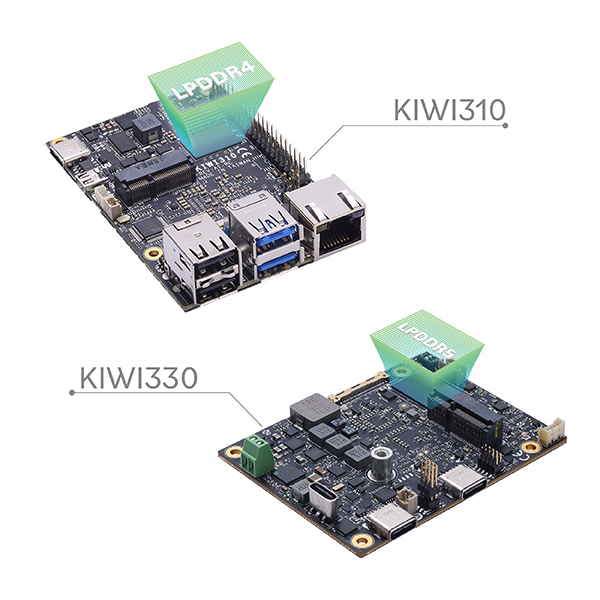
Why KIWI board Solutions?
The KIWI310 and KIWI330 stand out as exceptional choices for embedded, edge computing, and IoT applications thanks to their integration of advanced technologies and thoughtful design. With support for LPDDR4 and LPDDR5, respectively, these boards deliver a perfect balance of performance, power efficiency, and scalability. Whether you need a compact, low-power solution like the KIWI310 or a high-capacity, high-speed system like the KIWI330, KIWI boards are built to handle the most demanding applications.
About KIWI board
KIWI board is a complete solutions provider, supporting every aspect of your project, from hardware to software and system integration, to get your application functioning securely, reliably, and at peak performance. KIWI board builds its products for high reliability, high performance, security, scalability, and versatility so customers can expect extended service life, quickly adapt to evolving system requirements, and adopt future technologies as they emerge.
Next steps
Ready to talk about your projects with a KIWI board expert? Contact us
Want to hear more from KIWI board? for our newsletterSign up
Or request a quotation
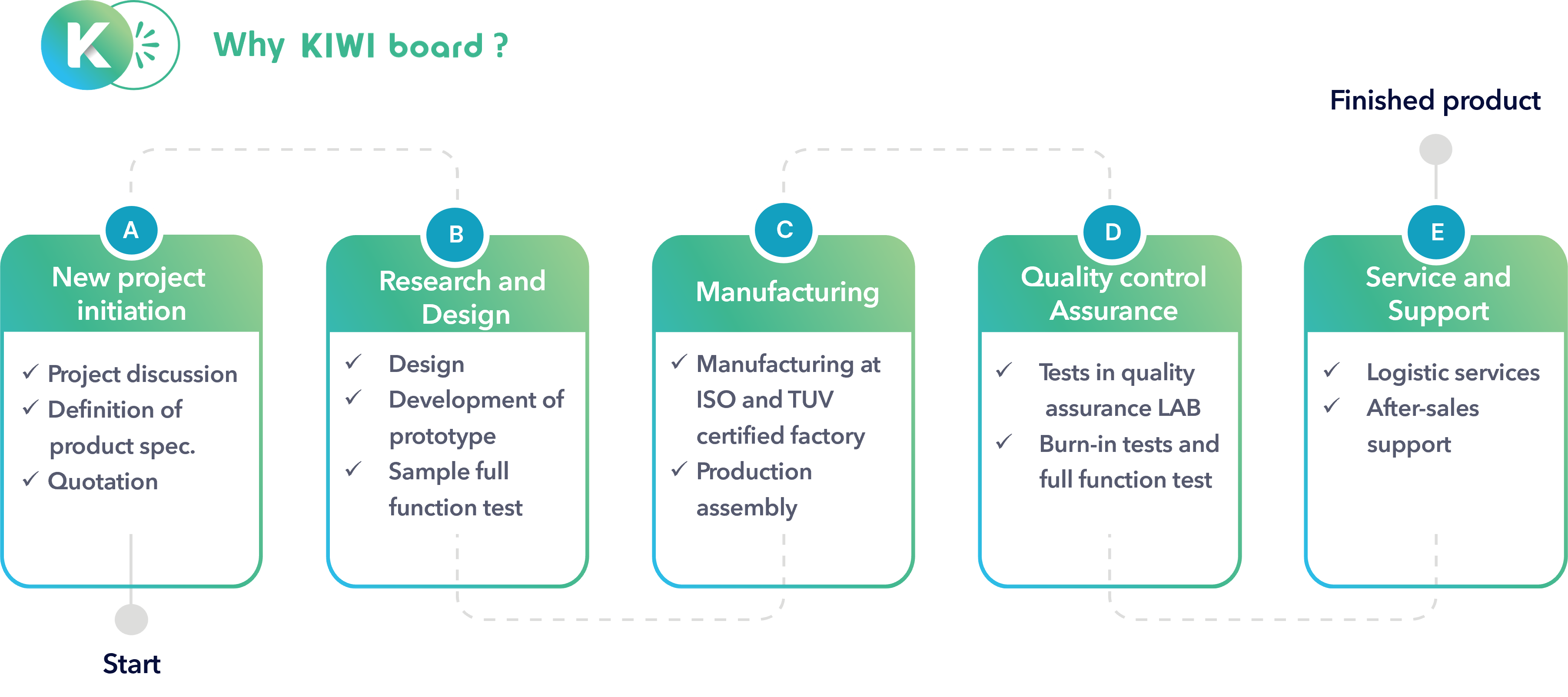
.jpg)




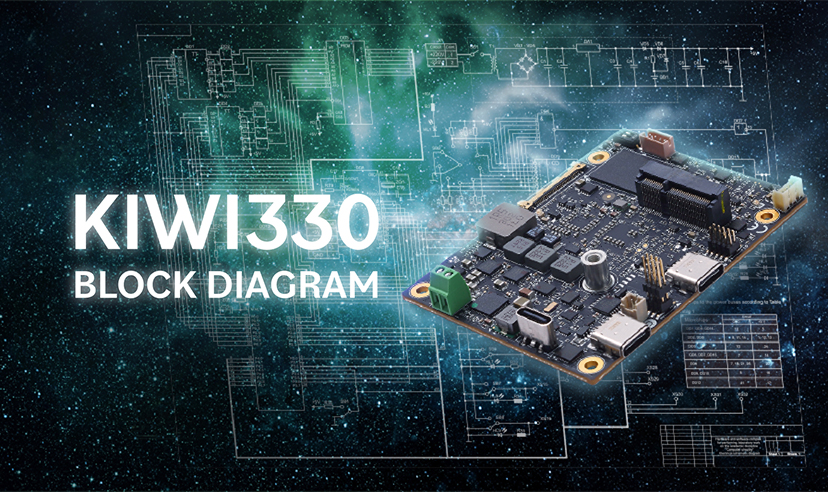

.jpg?v=1731920674)

